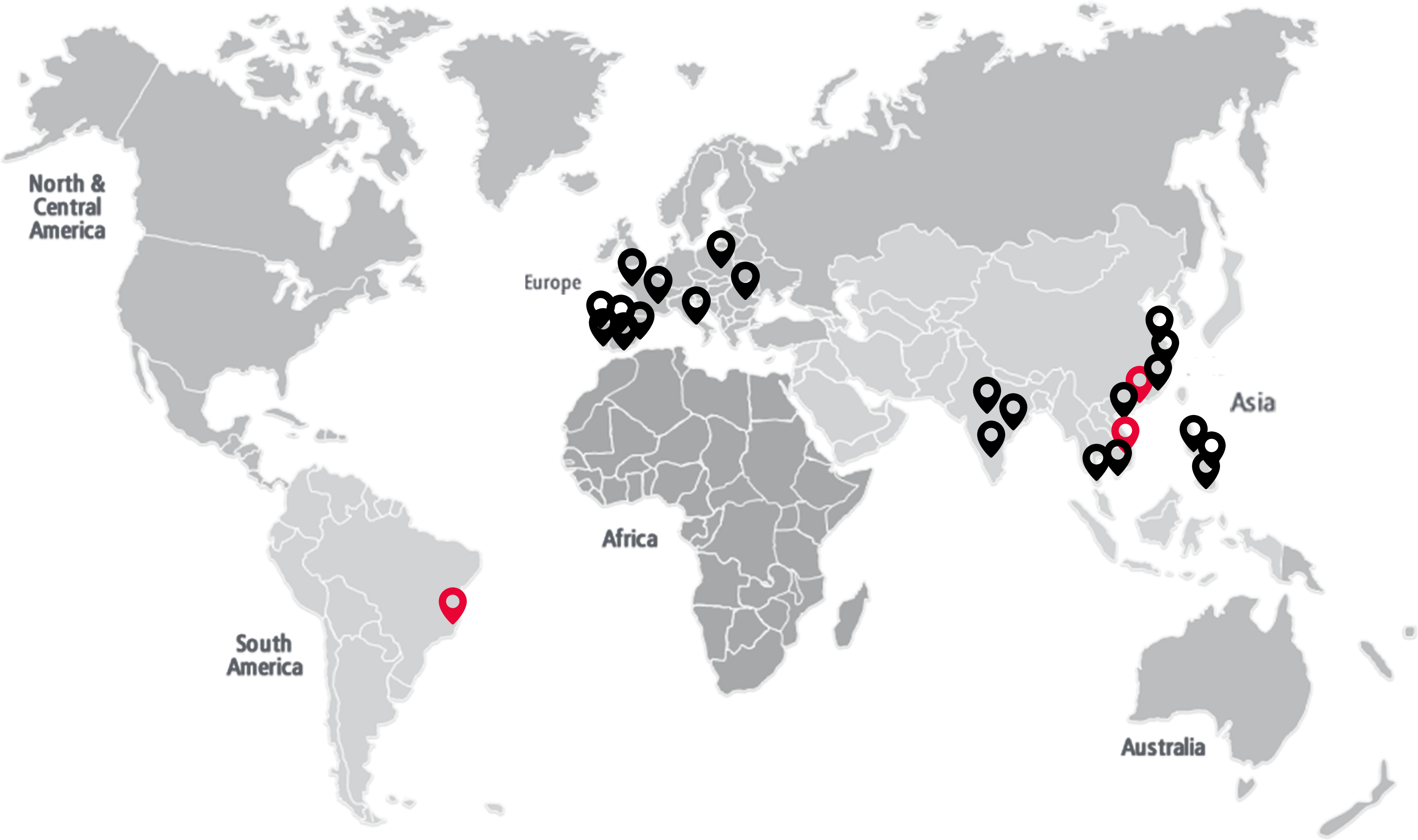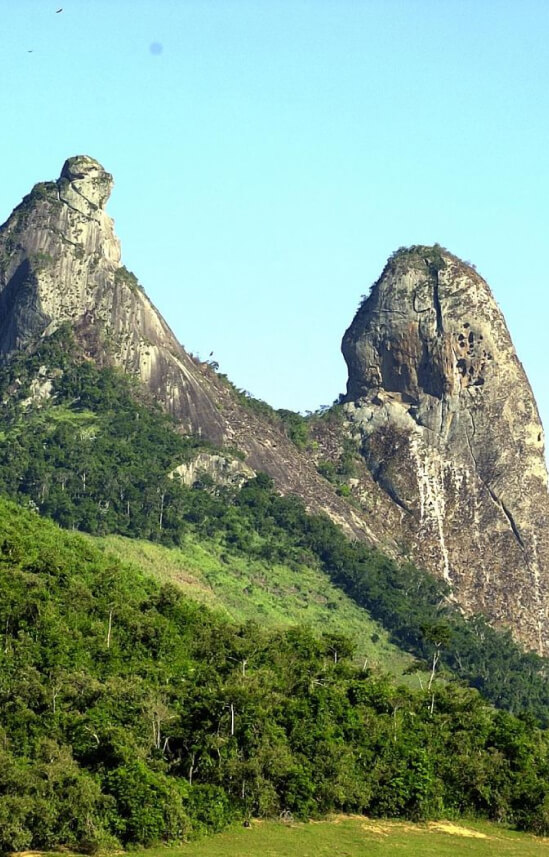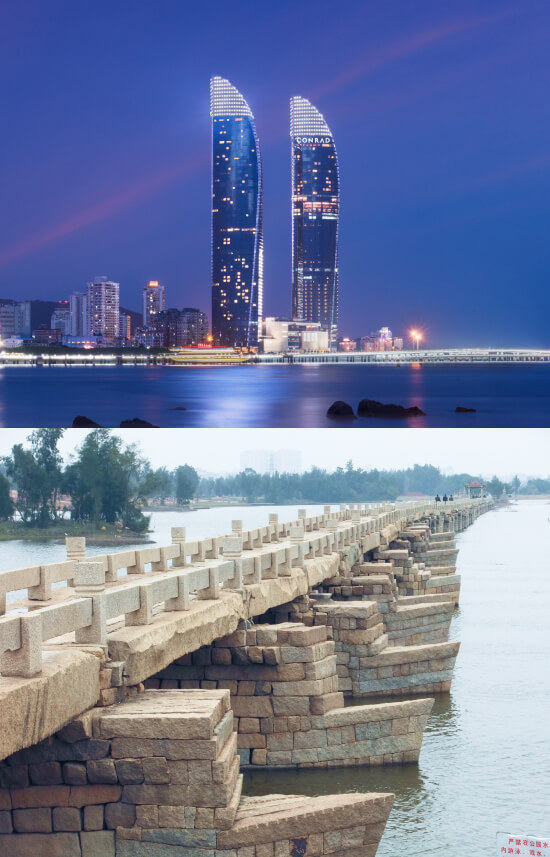Operate
to 7 countries, totaling 17 cities.

Our Deposits
Deposit of Brazil
Cachoeiro de Itapemirim is a city in Espírito Santo, considered the fifth most populous municipality in the state. Situated on the banks of the Itapemirim River, occupying an area of 876.8 thousand km², Cachoeiro is also bathed by another 4 rivers, the Castelo River, the Estrela do Norte River, the Fruteiras River and the Floresta River.
The municipality has a tropical climate, with humid and hot summers and because it is surrounded by hills, which in some places exceed 500 meters, as in the case of Morro das Andorinhas, it is considered one of the hottest cities.
Main economic center in the south of Espírito Santo, Cachoeiro de Itapemirim is the second most important center in the state, after the conurbation of Vitória, the capital.
The city is known for having one of the largest marble deposits in Brazil and is an international center for ornamental stones, being responsible for supplying 80% of the Brazilian marble market. Cachoeiro de Itapemirim is today, above all, an extraction and mineral processing center (marble, granite and limestone grinding).


China deposit
Xiamen
It is a coastal city in China’s Fujian Province, overlooking the Taiwan Strait and the East China Sea. The name Xiamen means “door to the house”. For centuries, the city had an important port and functioned as a gateway to China.
Shuitou
It is a division at the municipal level of the city of Nan’an, in the southern Fujian province of China. It is located on the west side of the Shijing River and its estuary, Anhai Bay, surrounded by the Jinmen Islands and open waters.
The municipality has an important stone processing industry and there is a large volume of new economic developments in the city, some of them related to trade with Taiwan.
Aquaculture is practiced in Anhai Bay (the Shijing River estuary). From ca. 2001, 138.5 hectares of the mudflats of the bay and the water surface were used for aquaculture.
Deposit of Brazil
Cachoeiro de Itapemirim is a city in Espírito Santo, considered the fifth most populous municipality in the state. Situated on the banks of the Itapemirim River, occupying an area of 876.8 thousand km², Cachoeiro is also bathed by another 4 rivers, the Castelo River, the Estrela do Norte River, the Fruteiras River and the Floresta River.
The municipality has a tropical climate, with humid and hot summers and because it is surrounded by hills, which in some places exceed 500 meters, as in the case of Morro das Andorinhas, it is considered one of the hottest cities.
Main economic center in the south of Espírito Santo, Cachoeiro de Itapemirim is the second most important center in the state, after the conurbation of Vitória, the capital.
The city is known for having one of the largest marble deposits in Brazil and is an international center for ornamental stones, being responsible for supplying 80% of the Brazilian marble market. Cachoeiro de Itapemirim is today, above all, an extraction and mineral processing center (marble, granite and limestone grinding).

China deposit
Xiamen
It is a coastal city in China’s Fujian Province, overlooking the Taiwan Strait and the East China Sea. The name Xiamen means “door to the house”. For centuries, the city had an important port and functioned as a gateway to China.
Shuitou
It is a division at the municipal level of the city of Nan’an, in the southern Fujian province of China. It is located on the west side of the Shijing River and its estuary, Anhai Bay, surrounded by the Jinmen Islands and open waters.
The municipality has an important stone processing industry and there is a large volume of new economic developments in the city, some of them related to trade with Taiwan.
Aquaculture is practiced in Anhai Bay (the Shijing River estuary). From ca. 2001, 138.5 hectares of the mudflats of the bay and the water surface were used for aquaculture.


